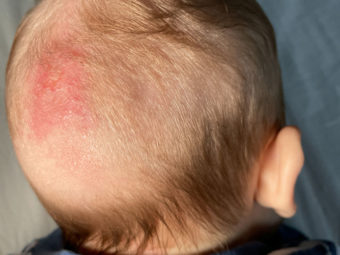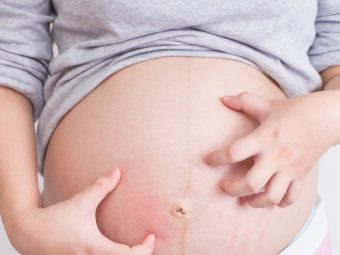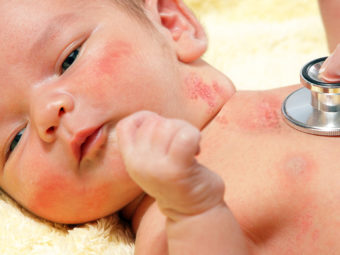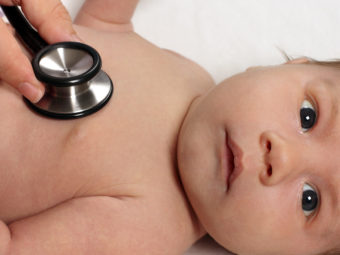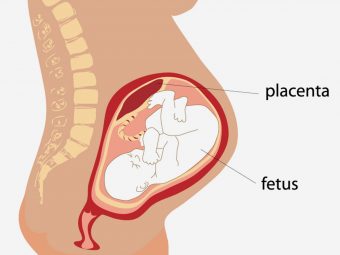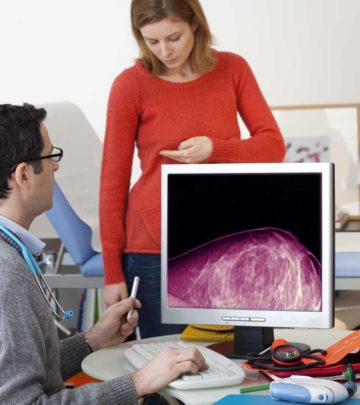
Image: ShutterStock
Abortion is a difficult and painful decision to take, irrespective of the reasons. And as your body has already started to prepare itself for the baby, abortion might give rise to a few complications, and lactating after abortion is one of them.
Such unwanted lactation might put you at risk of contracting infections, such as mastitis. Thus, it is important to consult with your doctor and seek proper care and treatment. Read on to know more about lactation after abortion and tips to take care of yourself.
Is It Normal To Express Milk After An Abortion?
Image: Shutterstock
Yes, it is completely normal for you to experience milk supply and production even after you have aborted your baby as your body has already begun preparation for breastfeeding. Typically, you will notice that milk production begins within three days of pregnancy termination, and the condition is completely natural and acceptable.
While some of you may not feel too uncomfortable, others may experience pain and discomfort.
 Quick fact
Quick factHow To Stop Lactation After Abortion?
Now that you know milk production/lactation is common after an abortion, you can choose to allow the milk production to subside on its own, or try to suppress it. Your gynecologist will prescribe you some medications or you can try some simple steps to control the process of lactating after abortion.
- It is important to express milk using a breast pump or your hand if your breasts feel full. If you ignore and don’t pump excess milk out of your breasts, you may develop mastitis, which leads to a toughening of breast tissue and can lead to other infections.
- Milk expression may help rid you of any discomfort you may experience.
- You can also choose to donate your breast milk to a breast milk bank.
 Point to consider
Point to considerSteps To Take For Controlling Milk Production
When it comes to relieving discomfort associated with lactation, you could try these simple tips.
- Place raw, cold and washed cabbage leaves inside your bra- it may help to reduce milk production and milk letdown and ease any tenderness in the breasts.
- Take a warm water bath and ensure that the water runs over your breasts. This method can provide relief from pain and tenderness naturally.
- For intense pain, you could choose to place ice packs on your chest – it will also help reduce swelling. Just make sure you don’t use the ice packs for more than 10 minutes at a time.
Image: Shutterstock
- Drinking sage tea may also help control milk production post-abortion.
- Make sure your bra isn’t too tight- avoid wearing a bra for at least a few hours every day- preferably while you sleep. But wear a suitable fitting bra, it will help with the pain.
Following these steps can help you naturally reduce post abortion lactation and calm down its associated symptoms as well.
Simple Care Tips Post-Abortion
Dealing with an abortion can be physically and mentally stressful. Taking some simple steps can help you deal with it better.
- Take optimum rest and relax during the initial recovery period. Allow your body to recover and heal naturally.
- If you’re experiencing cramps and pain around the abdominal region, you could talk to your doctor about using pain relief medications such as Ibuprofen or Paracetamol, or use a warm water bottle on the abdomen.
- Avoid having sex for at least two days after the bleeding stops.
- Gently massaging the lower abdominal region can also help minimize pain and get the womb back to the normal size, and possibly even minimize bleeding.
- Take plenty of fluids.
- Seek medical help if you experience heavy vaginal bleeding, high fever, and severe abdominal pain (1).
 Be watchfulSome unusual symptoms after abortion that may need immediate medical attention are severe allergies, chest pain, breathing difficulty, and confusion (4).
Be watchfulSome unusual symptoms after abortion that may need immediate medical attention are severe allergies, chest pain, breathing difficulty, and confusion (4).Image: Shutterstock
Frequently Asked Questions
1. How long does it take for breastmilk to dry up after an abortion?
It may take a few days to weeks for your milk ducts to dry up after an abortion (5). However, the specific time for each case will vary depending on several factors, such as the method of abortion, how early in pregnancy the abortion happened, the level of oxytocin and prolactin hormones, and overall health.
2. Will there be changes in my breasts after a miscarriage?
Depending on how far along you were in the pregnancy, you may experience changes in your breasts after a miscarriage. FFor instance, in case of a late miscarriage, the mammary glands start to produce milk and cause breast engorgement/milk leakage (2). Also, they may feel tender and cause pain, especially when touched. However, these changes, in most cases, are transient and self-resolve within a few days or weeks.
3. How can I deal with the emotional fallout of lactating after an abortion?
Dealing with lactation after an abortion can be emotionally challenging. Seek support from trusted individuals, consider professional help, engage in self-care, express your emotions, educate yourself, and give yourself time to heal. Remember, everyone’s journey is unique, so be patient and seek help if needed.
Lactating after abortion can occur in some women due to hormonal changes. It can cause only emotional distress in some women, while a few may have breast pain and discomfort. You may choose to express milk and let the milk production cease naturally or prefer medications recommended by gynecologists to stop lactation after pregnancy loss. The amount of milk production and other symptoms may vary depending on the age of the pregnancy and other factors. However, it is important to express breastmilk to avoid breast engorgement and mastitis.
Infographic: Simple Care Tips Post-Abortion
After having an abortion, it is crucial to prioritize your physical and emotional well-being to ensure a smooth recovery. To help you through this process, we bring you an infographic with self-care tips. So, review these tips and consider sharing them with other women who may find them helpful. Illustration: Momjunction Design Team
Key Pointers
- Lactation after abortion is a normal and natural occurrence for some women.
- Women can use prescription medications to suppress lactation if they choose to do so.
- Some natural ways to reduce lactation include expressing breast milk, using cold cabbage leaves, taking warm baths, using ice packs, and drinking sage tea.
- Resting, relaxing, and taking pain relief medications can help women cope with physical discomfort after an abortion.
- Women should seek medical help if they experience heavy vaginal bleeding, high fever, or severe abdominal pain.
References
- What to Expect after an Abortion.
https://en.hesperian.org/hhg/Where_Women_Have_No_Doctor:What_to_Expect_after_an_Abortion - Women’s Physical Health After a Miscarriage.
https://rednose.org.au/article/womens-physical-health-after-a-miscarriage - A Nyboe Andersen; (1990); Prevention of breast pain and milk secretion with bromocriptine after second-trimester abortion.
https://pubmed.ncbi.nlm.nih.gov/2220345/ - Caring for yourself after your abortion.
https://www.bpas.org/abortion-care/abortion-aftercare/ - Stopping breastfeeding after the loss of your baby or child;
https://www.healthywa.wa.gov.au/Articles/S_T/Stopping-breastfeeding-after-the-loss-of-your-baby-or-child






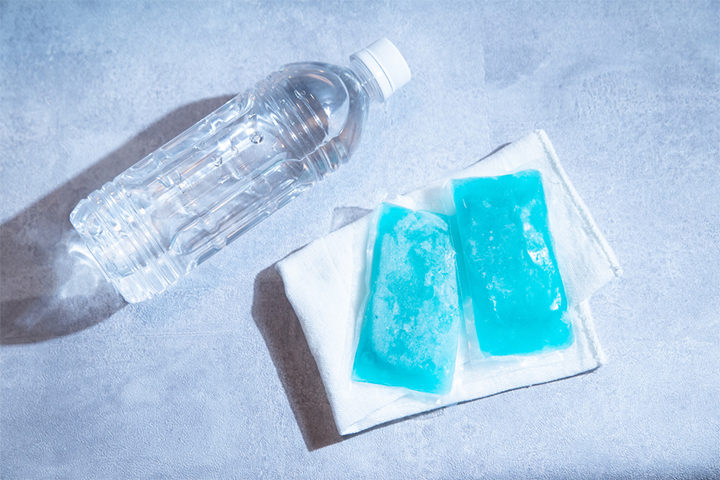
 Be watchful
Be watchful







